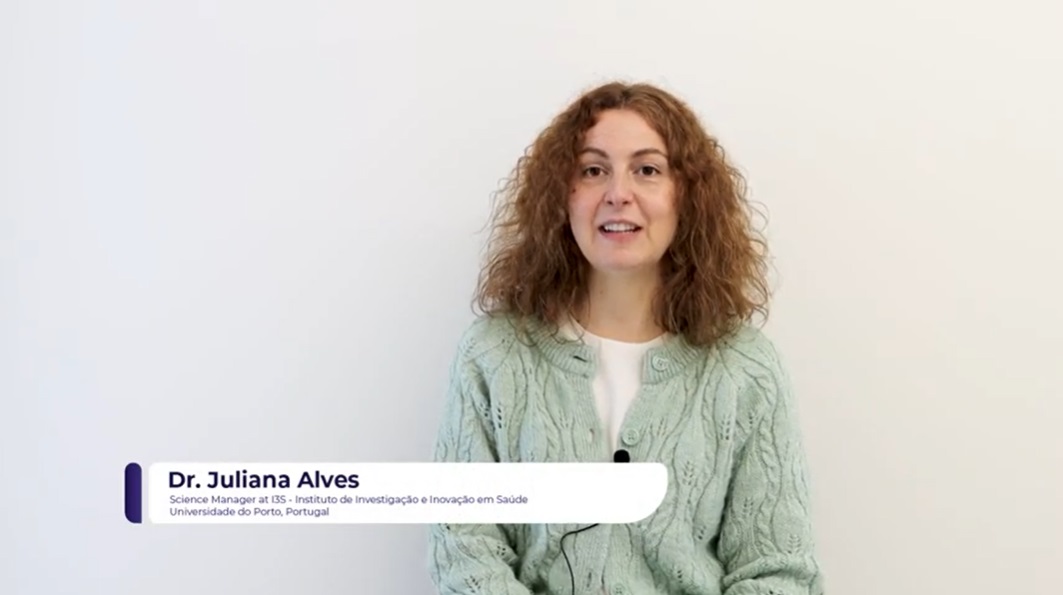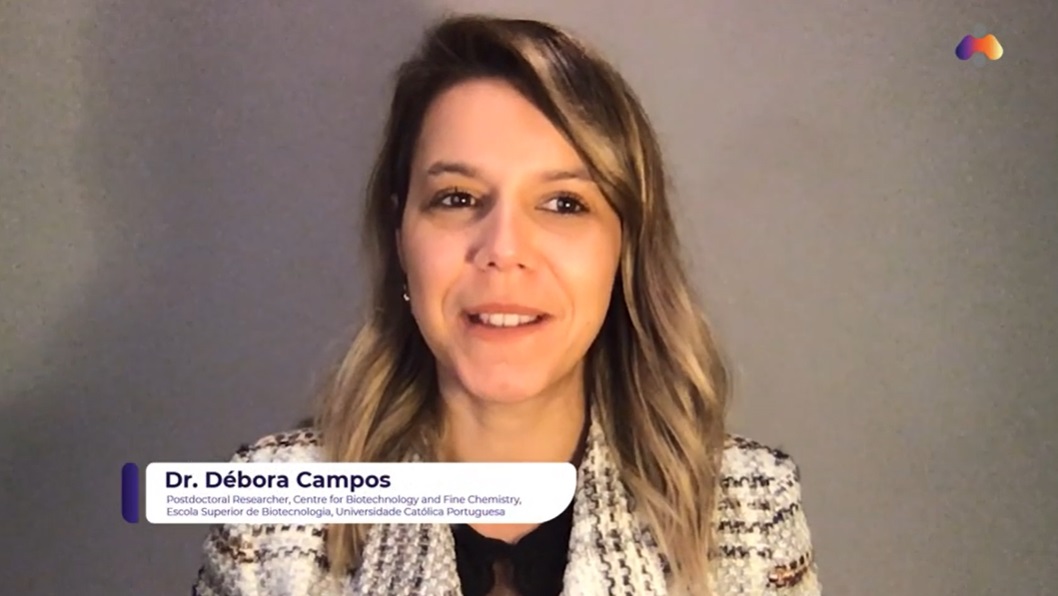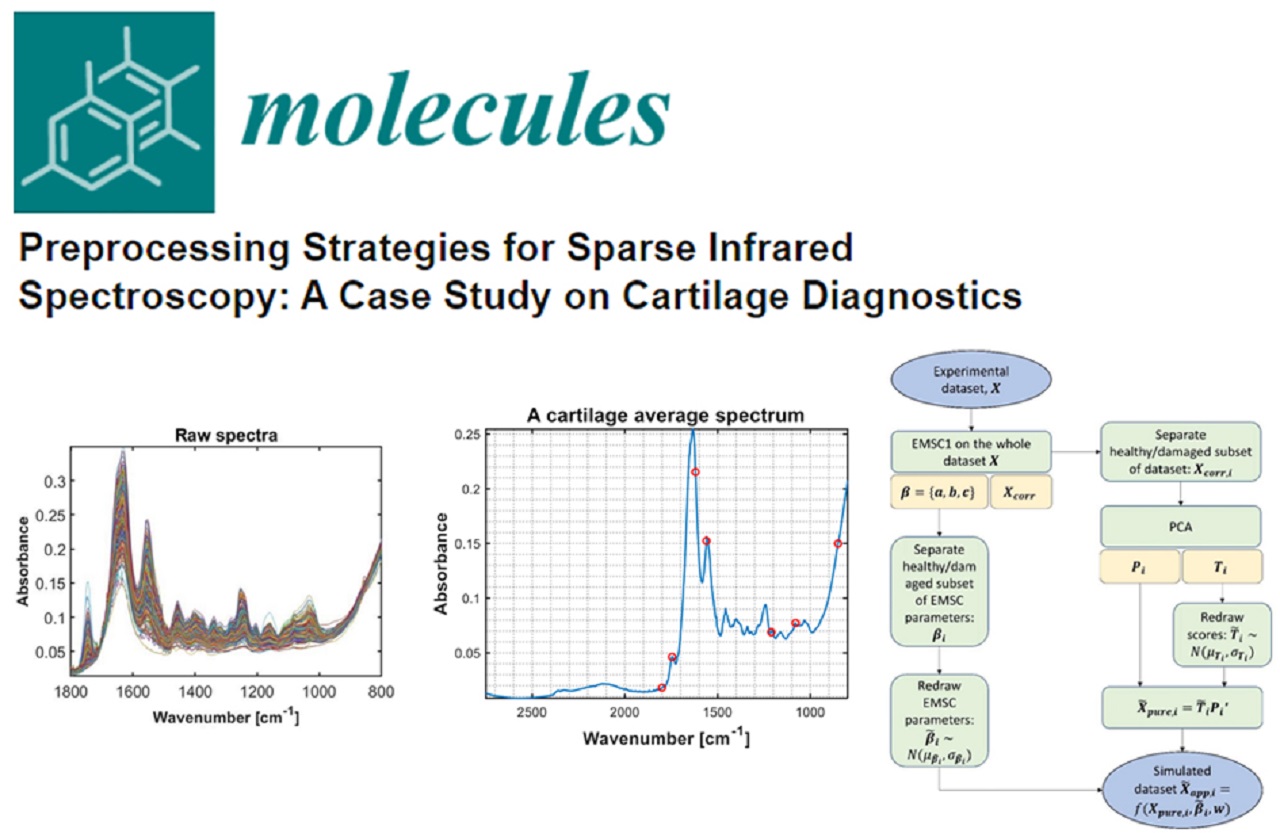Standard-related activities started from the beginning of the project, identifying existing related standards that have been used to develop the MIRACLE device.
But time is now to go forward another step and leave some more footprints. The knowledge and good practices learnt during the project can be useful for other industrial and social players, even in different sectors.
Standards codify knowledge so any interested party can have access to it. Standardization is thus a tool that research and innovation projects can use to transfer this knowledge, especially when aiming to industry, public administrations and society.
And this is not the only reason to use it. ‘Standards build trust’ – This is a slogan from the European Standardization Organizations, CEN and CENELEC, based on the fact that compliance with standards enhances confidence of users and customers, supports European policies and international trade, being fundamental in the development of Single Market.
Applied to European research and innovation projects like MIRACLE, the fact that new standards cover some of the project outcomes is an argument to speed up their market success. This is the message disseminated by the European Standards Organizations within the Standards+Innovation initiative, and supported by the European Union when asking for contributions to standardization in many of the research and innovation funding calls requirements. This is as well the objective that standardization activities in MIRACLE are facing now.
But, how do we put this in practice? The standardization system has many options which can accommodate different needs. In the framework of research and innovation projects, where emerging and innovative knowledge mixes with tight time constraints, one of the preferred options is the elaboration of fast-track and reduced consensus documents, such as the CEN-CENELEC Workshop Agreements (CWA). A CWA is a kind of pre-standard, quickly developed in a group of volunteering interested parties. It is especially suitable for putting into the market this kind of emerging knowledge and checking its acceptance in practice, allowing in that case to get a first step towards a full European or International Standard. It has been used so far by a large number of European projects, increasingly becoming a usual tool.


